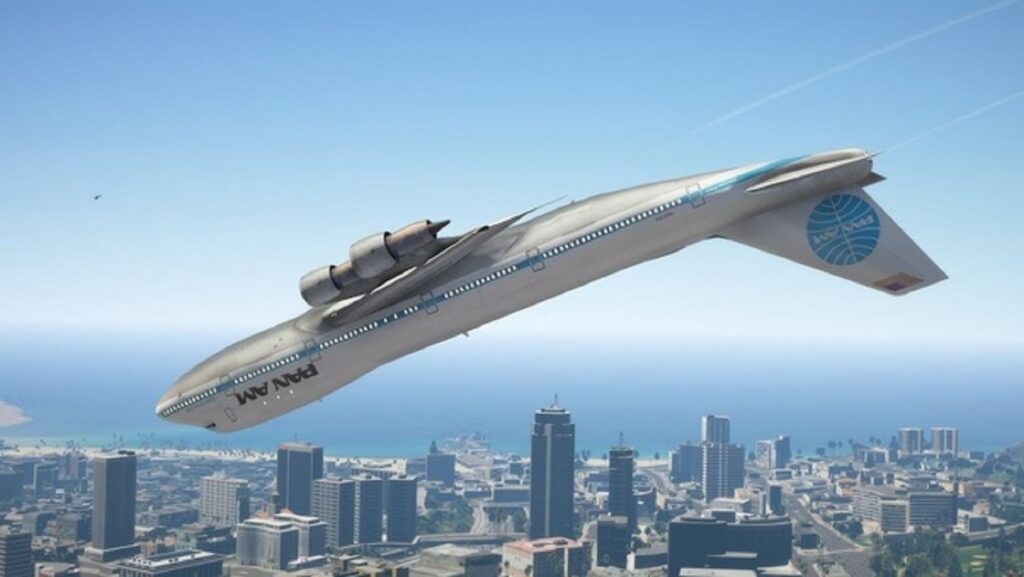Flying a Boeing 747 upside down would result in an inability to maintain level flight. The engine power of commercial planes, including the Boeing 747, is insufficient for sustained inverted flight. These aircraft are specifically designed and certified for upright flight, relying on the lift generated by their wings.
Although it is possible for a Boeing 747 to momentarily fly upside down, it would be incapable of recovering from such a position. The downward force of lift would inevitably pull the aircraft towards the ground, reaching speeds of approximately 600 km/h.
To perform inverted flight, an aircraft requires a wing design that can generate lift even when in an upside-down orientation. In the case of a conventional aircraft like the Boeing 747, the wing’s aerofoil shape is curved on the upper side and flat on the underside. This configuration causes the air to flow faster over the top, resulting in lower pressure and upward lift. When inverted, this effect would reverse. However, by adjusting the angle of attack, which involves pointing the plane’s nose skyward, the pilot could potentially generate lift and restore level flight. The feasibility of achieving this outcome would depend on the specific characteristics of the wing’s aerofoil, and in some cases, it might even enable the aircraft to climb.
In conclusion, a Boeing 747 has the capability to briefly fly upside down, but it is not engineered for prolonged inverted flight. Its wing design is not optimized for such maneuvers, making recovery from an upside-down position unattainable.
Author – Vishnu Ravi






